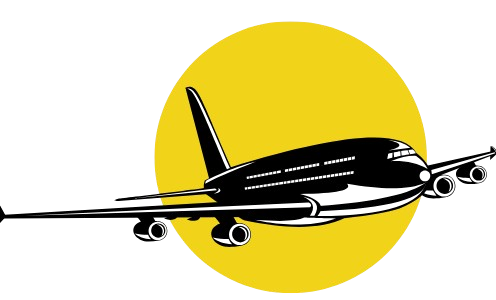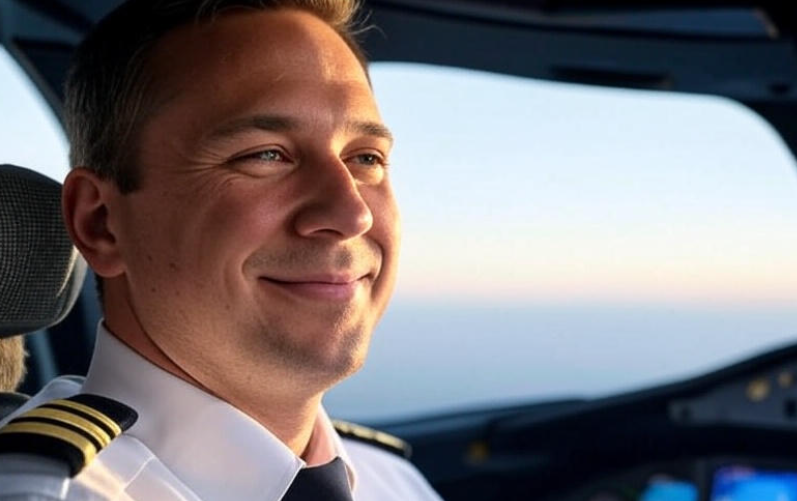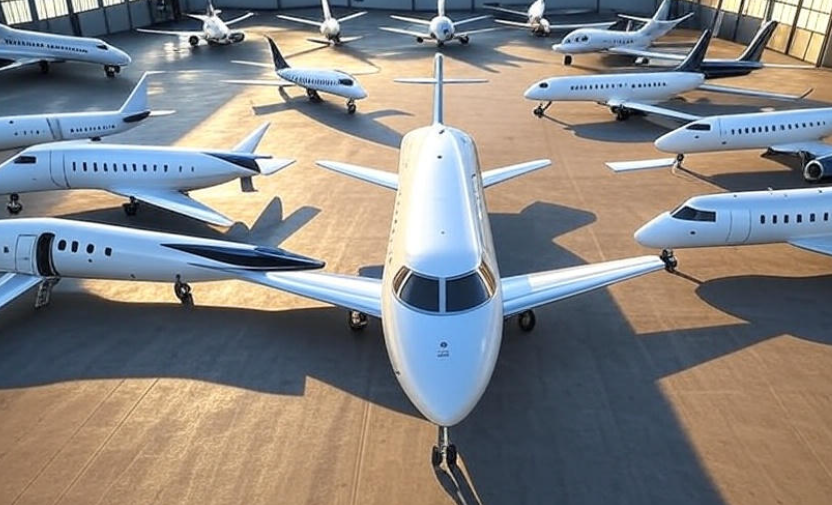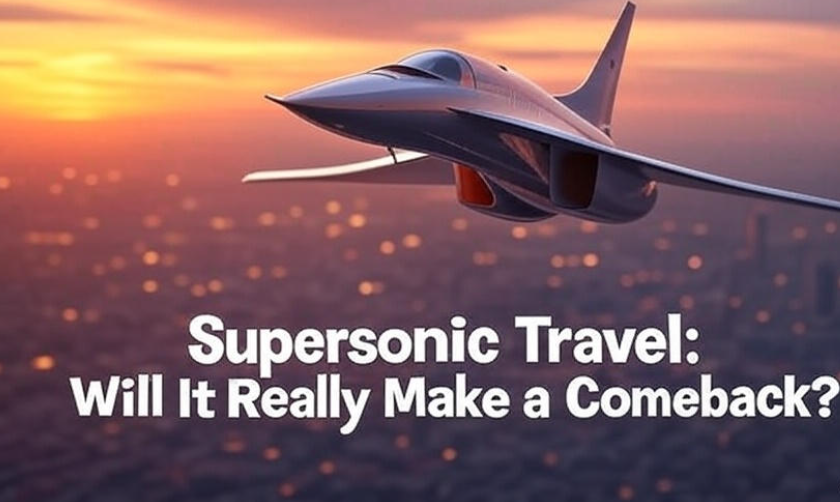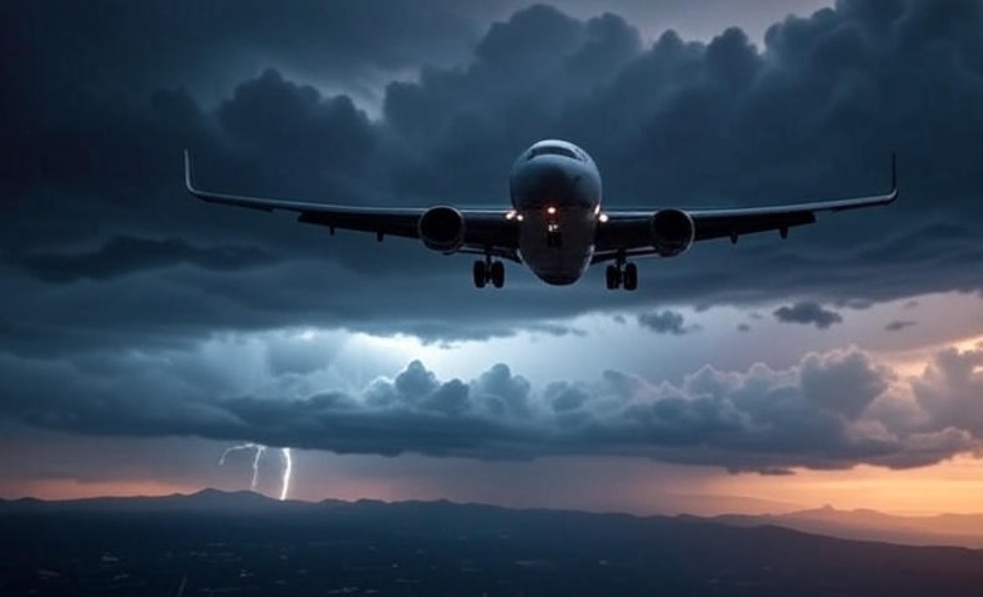When you think of a pilot flying an airplane, you might imagine someone gripping the controls tightly, eyes glued to the dashboard, reacting to every little movement of the plane. But the truth? Modern pilots spend a lot of time letting autopilot handle the flight. Yes, the very same technology that seems like a “robot” is trusted by humans to manage one of the most complex tasks in the world.
Autopilot Isn’t a Robot Taking Over
First, let’s clear a common misunderstanding. Autopilot doesn’t “fly” the plane by itself in some sci-fi sense. It is a sophisticated system that assists the pilot. Think of it like cruise control in your car—it keeps things steady, but the driver is still in charge. Pilots use it to manage speed, altitude, navigation, and sometimes even landing.
Pilots trust autopilot because it reduces human error. Humans get tired, distracted, and stressed. Autopilot? Never. It does exactly what it’s programmed to do, every single time.
Why Pilots Rely on Autopilot
-
Precision: Autopilot can hold an exact altitude or heading better than a human hand.
-
Consistency: Weather changes, turbulence, or minor course corrections? Autopilot handles them smoothly.
-
Workload Reduction: On long flights, pilots can focus on monitoring systems, communicating with air traffic control, and planning for landings.
-
Safety: Studies show most accidents occur during takeoff and landing. During cruising at high altitude, autopilot is often safer than manual control.
How Autopilot Works
Autopilot combines several technologies:
| Feature | Function | Benefit for Pilots |
|---|---|---|
| Flight Management System (FMS) | Plans the route | Reduces navigation workload |
| Sensors | Detect altitude, speed, position | Keeps the plane stable and precise |
| Computers | Execute commands | Adjusts controls faster than humans |
| Redundant Systems | Backup autopilots | Ensures safety in case of failure |
Autopilot and Human Judgment
Even though autopilot is amazing, pilots never fully let go of control. Think of it like having a really smart co-pilot. The pilot makes strategic decisions, monitors the system, and takes over when necessary. For example:
-
During turbulence or severe weather, the pilot might take manual control.
-
When landing at airports with tricky approaches, autopilot can assist, but the pilot oversees everything.
-
Emergency situations, like engine failure, require human judgment that machines can’t replicate.
The Human Factor
Here’s the interesting part: pilots trust autopilot more than many passengers realize, but they are trained extensively to monitor it. Trust doesn’t mean blind reliance. Pilots are trained to:
-
Understand the autopilot system inside and out.
-
Recognize system limits.
-
Take over immediately if needed.
Pilots call it “managed flight”, where autopilot handles routine tasks, but human oversight ensures safety.
Autopilot vs. Manual Flying
Many people think manual flying is more “heroic,” but in reality, autopilot often makes flights smoother and safer. Here’s a quick comparison:
| Aspect | Autopilot | Manual |
|---|---|---|
| Precision | Extremely high | Depends on pilot skill |
| Fatigue | No fatigue | Human fatigue possible |
| Turbulence handling | Smooth adjustments | More noticeable bumps |
| Workload | Low | High |
| Safety on long flights | Very high | Lower due to fatigue |
Real Stories from Pilots
Some commercial pilots admit they rarely touch the controls during long-haul flights. One pilot said, “During a 12-hour flight, autopilot is basically doing 90% of the work. I’m there to monitor, plan, and be ready in case things go wrong. It’s not lazy—it’s smart.”
Another pilot explained that autopilot can handle complex tasks that would be stressful manually, like following an intricate descent path in heavy traffic.
The Role of Technology in Modern Aviation
Autopilot is just one example of how technology supports human decision-making. Modern airplanes are equipped with:
-
Auto-throttle: Automatically adjusts engine power for efficiency.
-
Terrain Awareness and Warning System (TAWS): Alerts pilots of nearby mountains.
-
Collision Avoidance Systems: Warns of potential air traffic conflicts.
When combined with autopilot, these technologies create a safety net that drastically reduces accidents.
Misconceptions About Autopilot
Many passengers fear autopilot, thinking it might “fail” or that pilots just nap while flying. That’s far from reality:
-
Pilots are always awake, alert, and ready to intervene.
-
Autopilot has multiple backups, and there are redundant systems in case of failure.
-
It doesn’t replace pilots—it assists them to make flying safer and more efficient.
Why You Should Trust Autopilot Too
Next time you fly, remember: autopilot is trusted by highly trained professionals. It keeps your flight steady, efficient, and safe. Pilots don’t rely on it blindly—they combine technology with their training, judgment, and experience.
Autopilot in Numbers
Here’s a quick glance at how autopilot contributes to safe flights:
| Statistic | Value | Notes |
|---|---|---|
| % of flight time on autopilot | 70–90% | Depending on flight length |
| Reduction in pilot workload | Up to 60% | Especially on long-haul flights |
| Fatal accidents with autopilot | Very low | Most accidents occur during takeoff/landing |
Challenges with Autopilot
Autopilot is excellent, but it isn’t perfect. Pilots must stay vigilant because:
-
Automation can give a false sense of security.
-
Pilots may lose manual flying skills if they rely too heavily on autopilot (rare but monitored).
-
Complex weather and emergencies still require human skill.
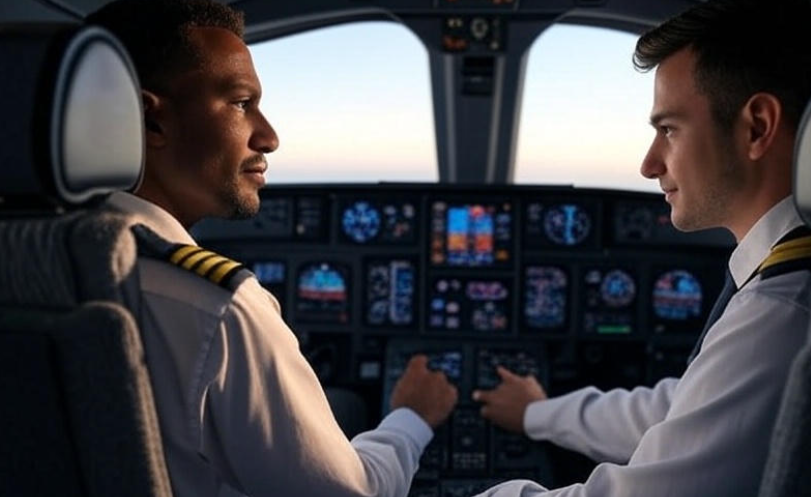
Why Pilots Trust Autopilot More Than You Think
The Future of Autopilot
Technology keeps evolving. Future systems might handle entire flights autonomously, but experts agree humans will still be crucial. Machines can follow rules, but humans think creatively and react to surprises.
Final Thoughts
Pilots trust autopilot more than you think, not because they are lazy or hands-off, but because it’s a smart tool that enhances safety and efficiency. It handles repetitive tasks, maintains precision, and allows pilots to focus on critical decision-making. Next time you fly, enjoy the smooth ride and know that both human and machine are working together to keep you safe.
FAQs
Q: Can autopilot land a plane?
A: Yes! Many commercial planes have autoland systems. However, pilots monitor the process and can take over if necessary.
Q: Do pilots ever turn off autopilot during a flight?
A: Absolutely. Pilots often take manual control during takeoff, landing, or turbulence. Autopilot is mostly used for cruising.
Q: Is autopilot safe?
A: Yes. Autopilot has multiple backups, and when combined with trained pilots, it makes flying extremely safe.
Q: Do pilots rely on autopilot because it’s easier?
A: Not exactly. It reduces workload and increases precision, but pilots are still actively monitoring and making decisions.
Q: Will pilots be replaced by autopilot in the future?
A: Unlikely. While technology is advancing, human judgment is irreplaceable, especially in emergencies.
